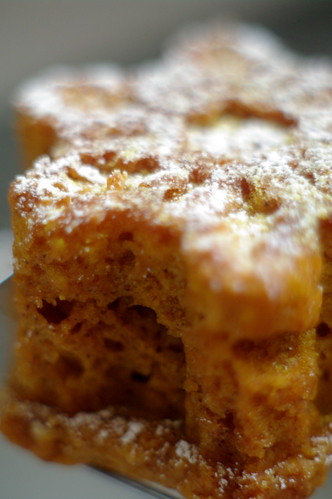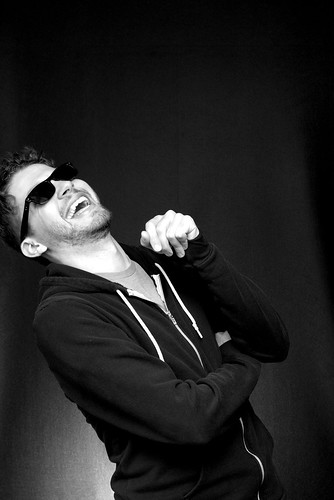Who doesn’t love to travel? I know I sure do! I, like a lot of travel lovers, do not get to do it as much as I would like to. Everyone likes to take photos when they travel. When a photographer goes on vacation, photography can become the most important thing. More important than experiences
Three years ago, I up and took a voyage to England. Alone. You can read a little about it here. Besides the fact that I was already in love with the Motherland before I set foot on British soil, I knew the main purpose of my trip was photography, photography, photography. I owned a dSLR, but I was so high and mighty that I didn’t take it. I documented my entire trip on film. There were times when camera malfunctions made me second-guess this decision, but I don’t regret leaving the digital camera back in Mississippi while I went to England. In the end, I was glad I’d gone to England on my own because when you are a photographer on vacay, it can be difficult to juggle your desire to photograph with being fair to your traveling companions. I could stop and go as much as I want, come and go as I pleased, all to suit my photographic needs.
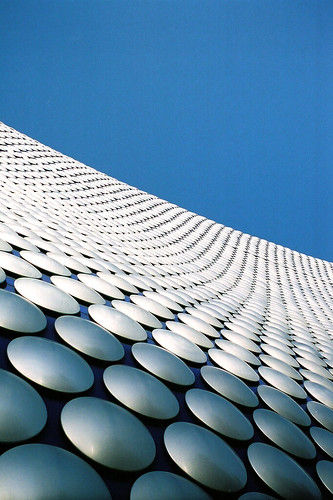
Both the issue of film vs. digital and how to get in satisfying photography while traveling with others cropped up for me recently. I traveled with about 7 of my friends to St. Louis, Missouri for a quick visit. I, being me, left my nice digital SLR at home and opted instead to take my Nikon FE and Holga 120N. I didn’t stock up on film before I left for Missouri because I figured I could just do that when I got up there. When some of my friends realized I didn’t have my digital camera, they were both perplexed and slightly disappointed because they new the limitations of film might hamper the volume of photos I could take on the trip. I was somewhat offended that my artistic vision for documenting our time in St. Louis was being questioned. Then some things happened along the way that caused me to learn my lesson.
I am very stubborn about using film rather than digital in most areas of my photography. However, I’m going to have to admit now there are some drawbacks to basing yourself in film photography. For example, when my friends and I arrived in St. Louis, it was getting late in the day and the sunlight was fading fast. We went to the zoo, and there were definitely certain shots I couldn’t get because I had a slow film speed, 100 ASA, loaded in my camera. Sure, I am quite pleased with some of the photos I DID get, but the scope of my photography that first night in the STL was not what it should’ve been.
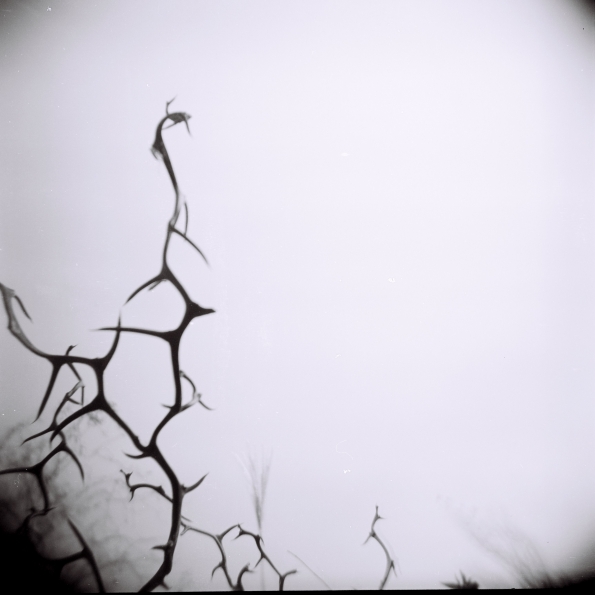
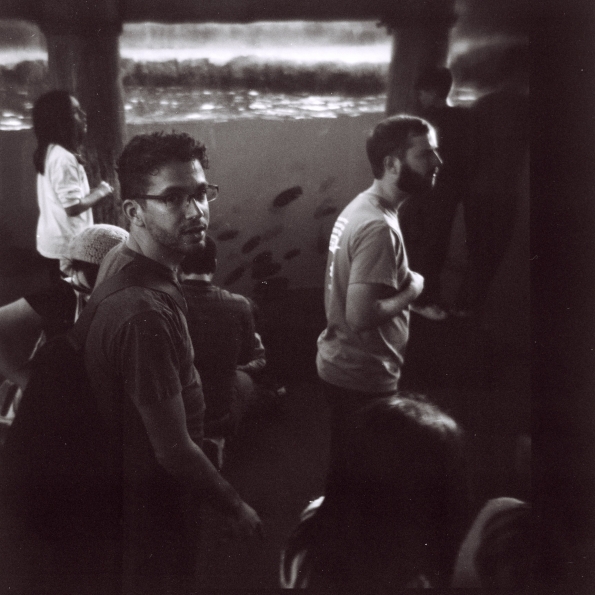
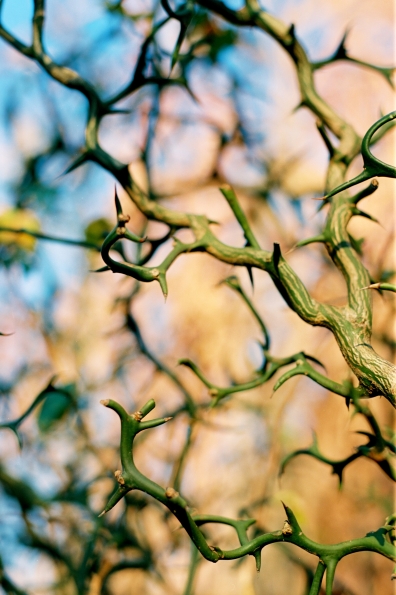
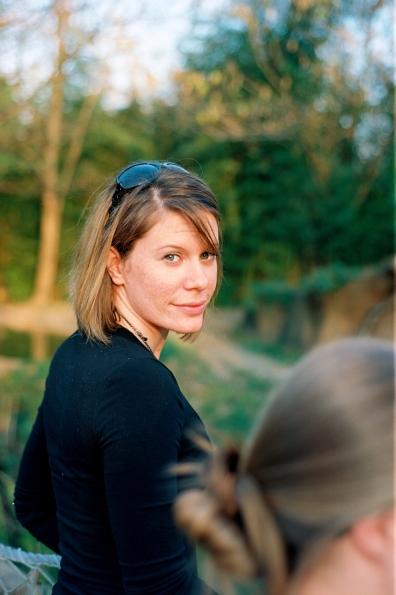
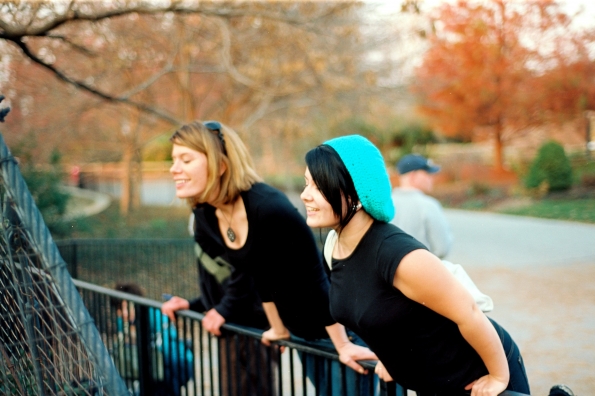
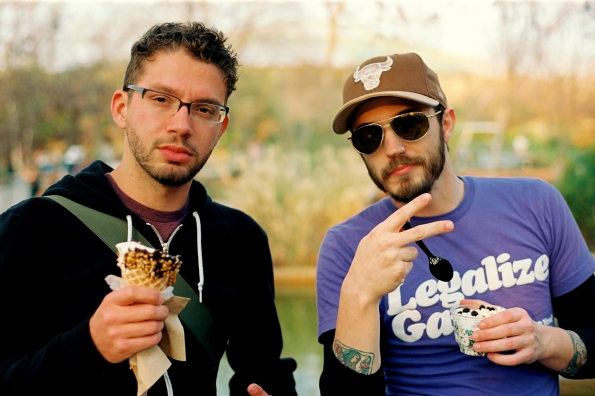
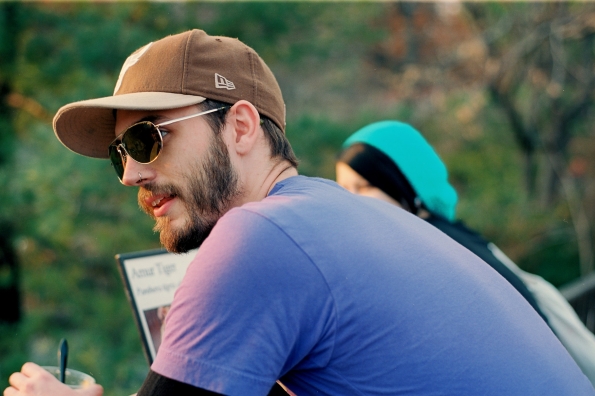
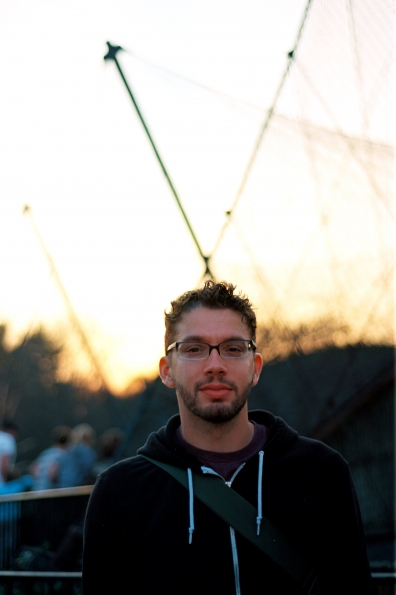
Nikon FE and Holga 120N at the St. Louis Zoo.
Tragedy struck my plan of being too cool for school and do only film photography in St. Louis: I actually LEFT my wallet at the restaurant where we’d stopped for lunch on our way to St. Louis. Cape Girardeau, Missouri. I discovered this when I went to stock up on film and had no way of paying for it. D’oh! My lack of preparedness bit me in the rear. Yes, Amanda Raney did go out of town with only one roll of 35mm film in her possession. Oh how the mighty have fallen…
I ran out of film pretty early in the day Sunday morning. Before we’d even left our super cool hotel, in fact! And we still had hours of St. Louis awesomeness to enjoy before going home. What’s a girl to do??
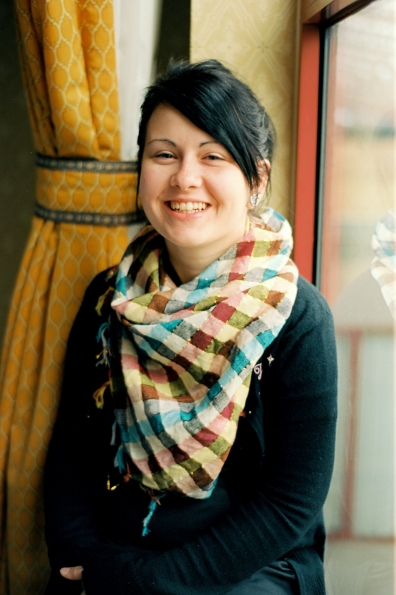
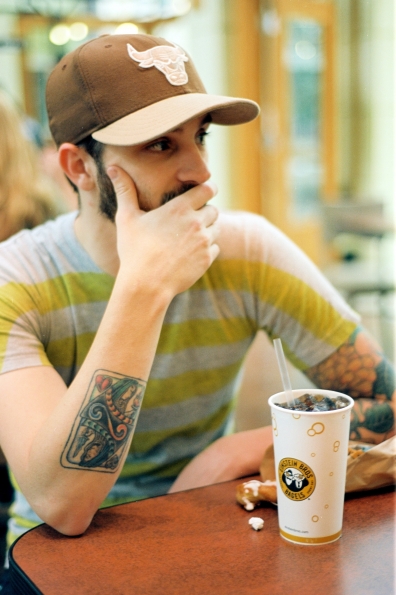
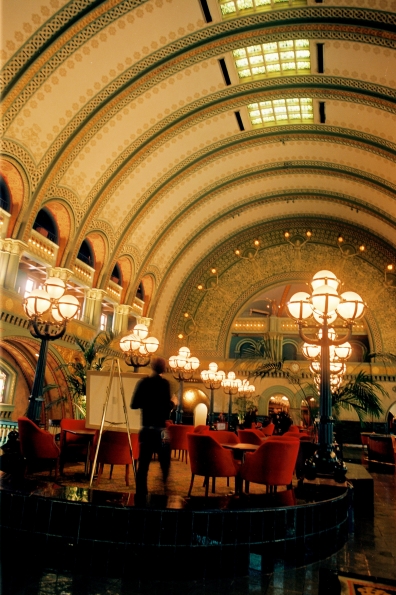
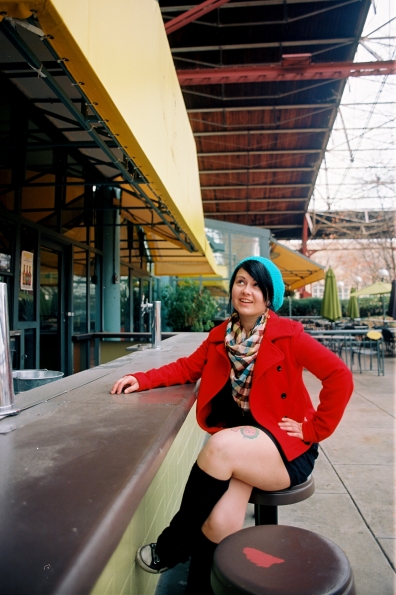
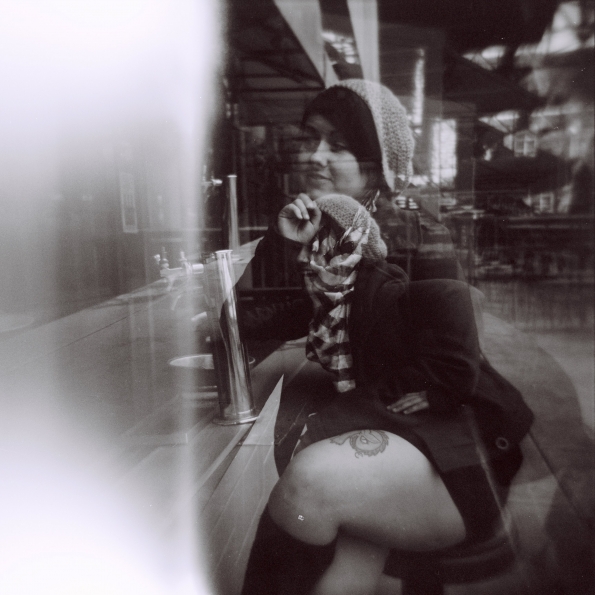
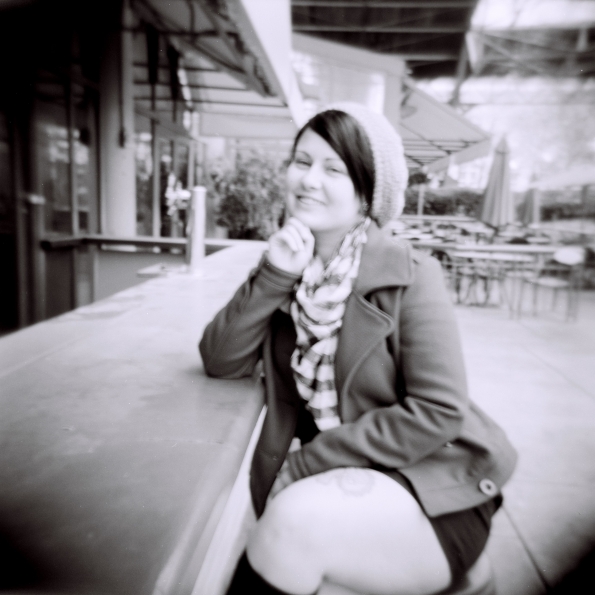
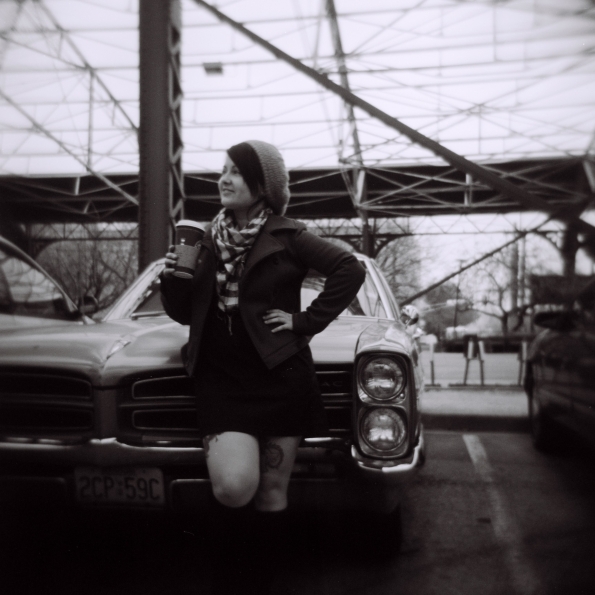
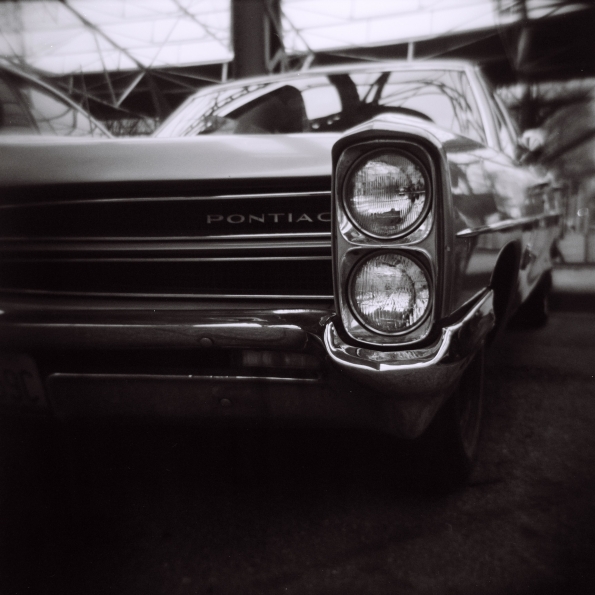 Nikon FE and Holga 120N at and around the hotel Sunday morning
Nikon FE and Holga 120N at and around the hotel Sunday morning
All was not lost, thanks to the darling Annie who decided I should use her point-and-shoot digital camera while we spent our last few hours in St. Louis before going back to Memphis. I’m sure she knew not being able to take photos like I wanted was just eating me up inside. If you think I’m uppity about not using my dSLR for everything, you should see how uppity I normally am about my ever having to use a point-and-shoot digital! Once again, I had to learn my lesson: some camera is better than no camera at all. And guess what: that little camera of Annie’s wasn’t half bad! It performed well, I’d say. We went to the St. Louis Art Museum, the galleria, and a cool pizza joint for lunch. I ended up being quite pleased with a lot of the photos. Just gotta know how to get the best out of these little cameras.
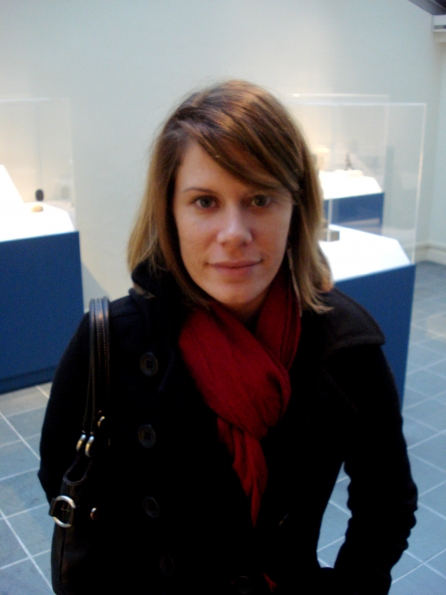
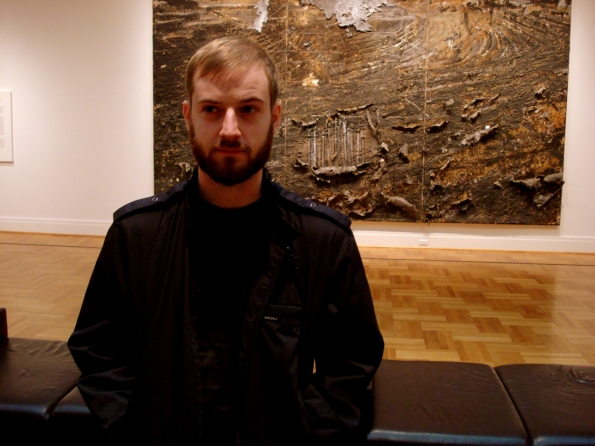
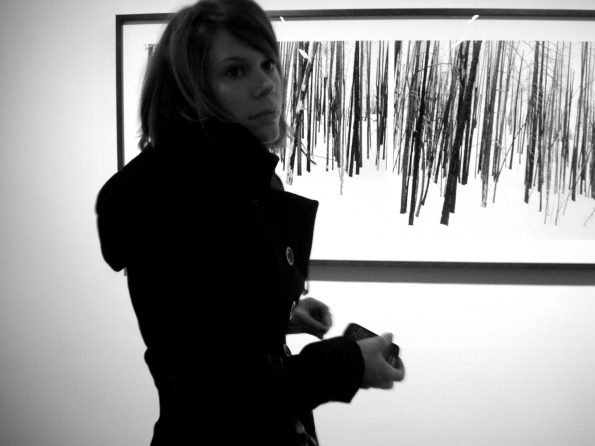
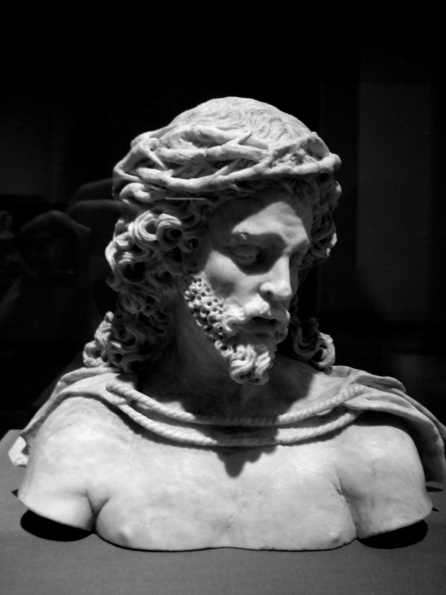
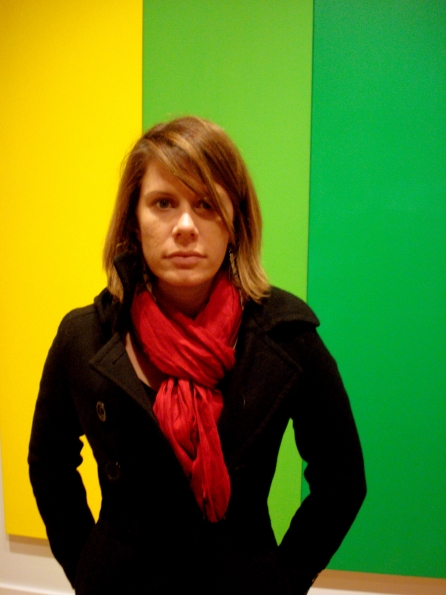
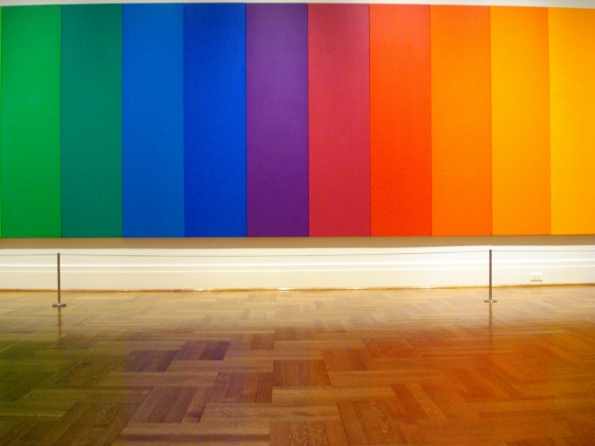
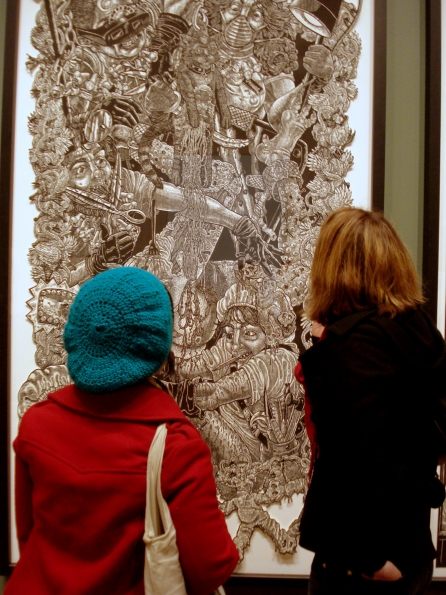
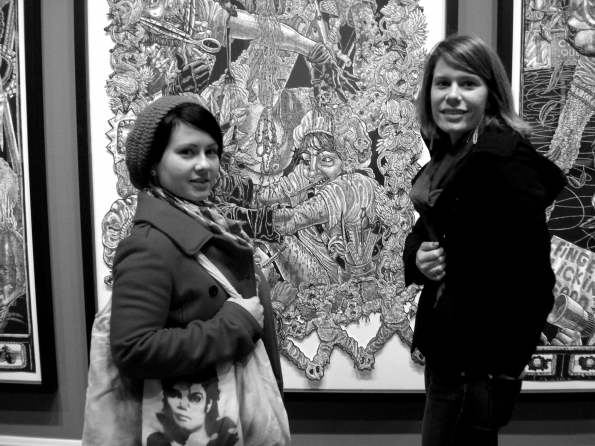
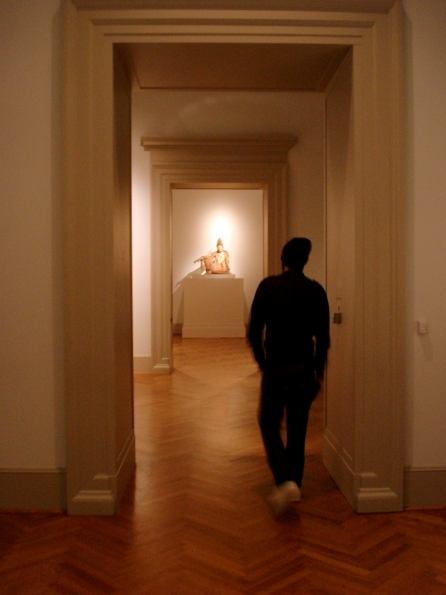
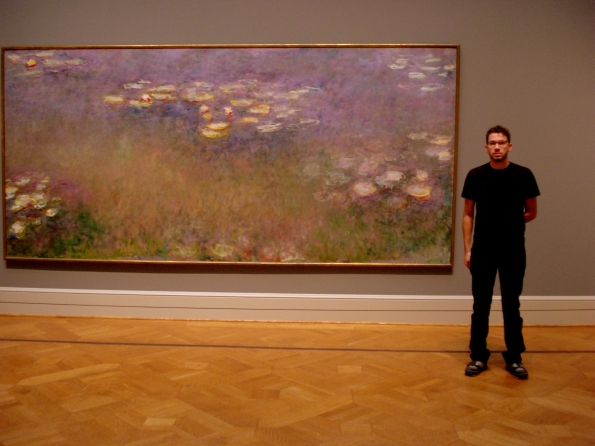
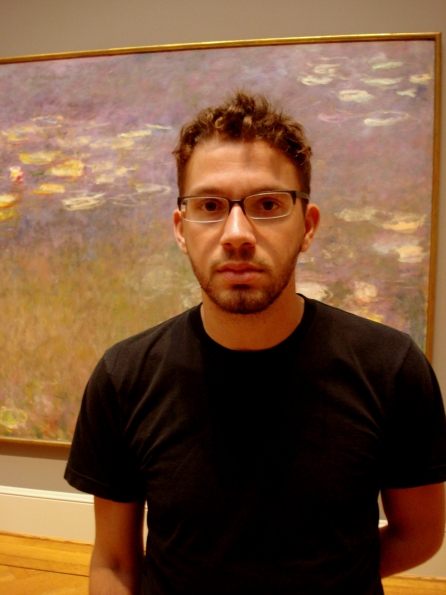
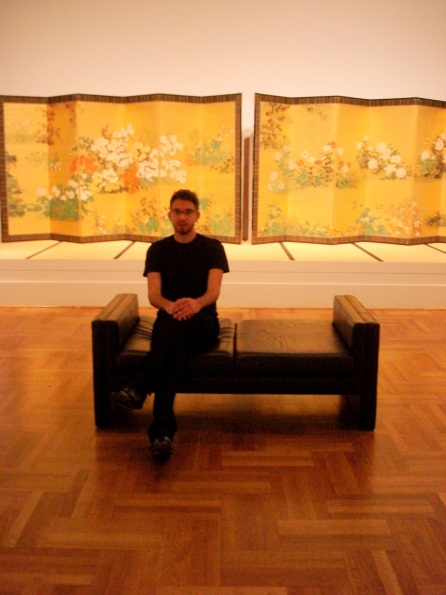
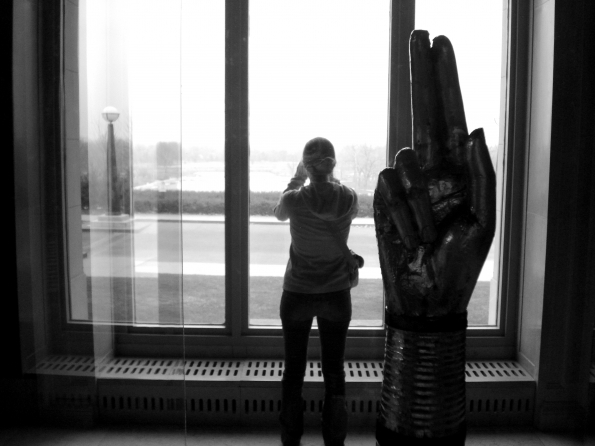
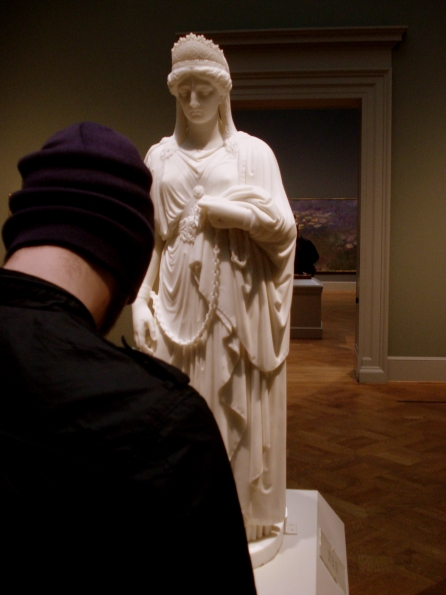
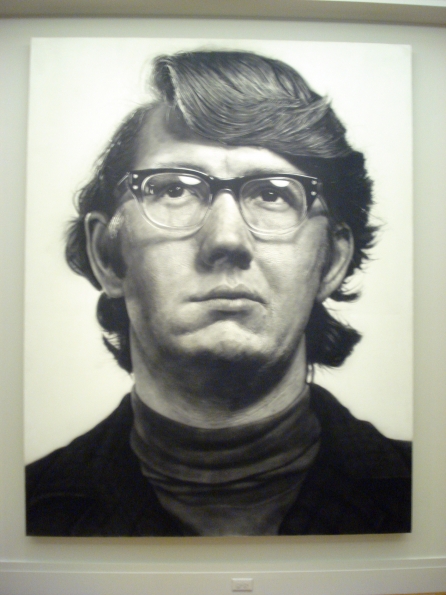
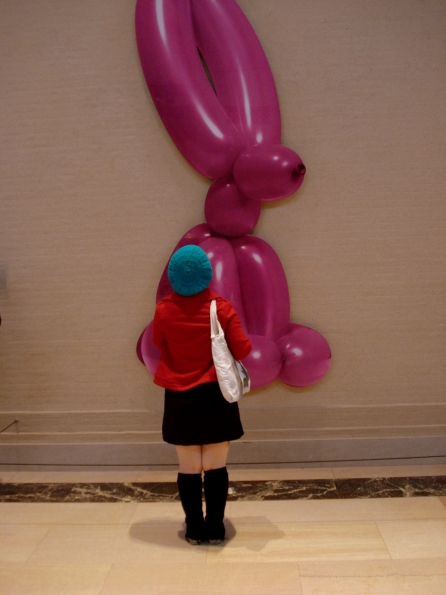
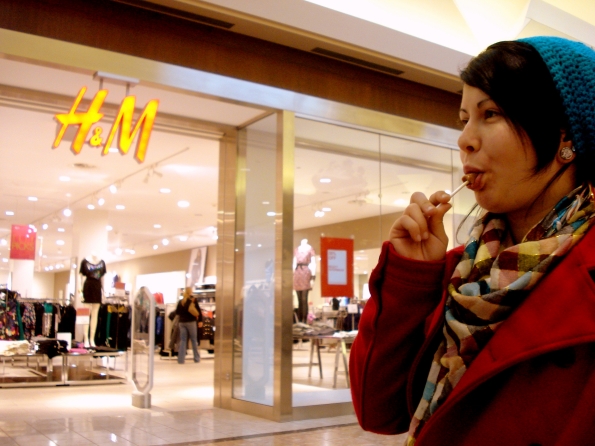
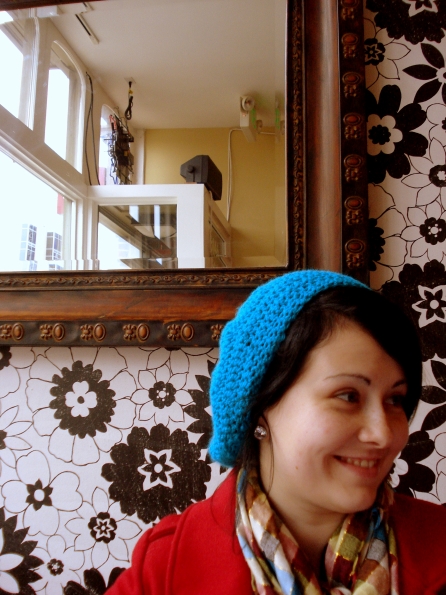
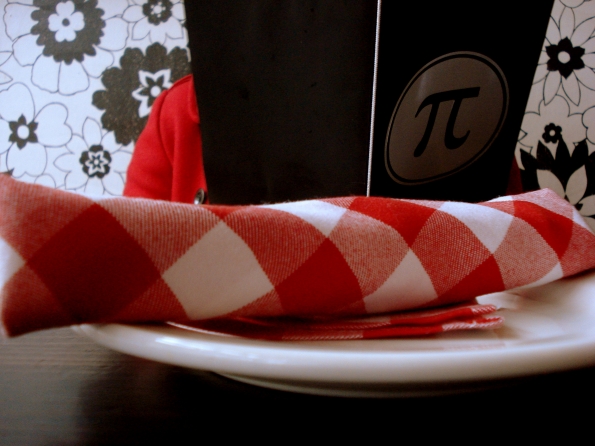
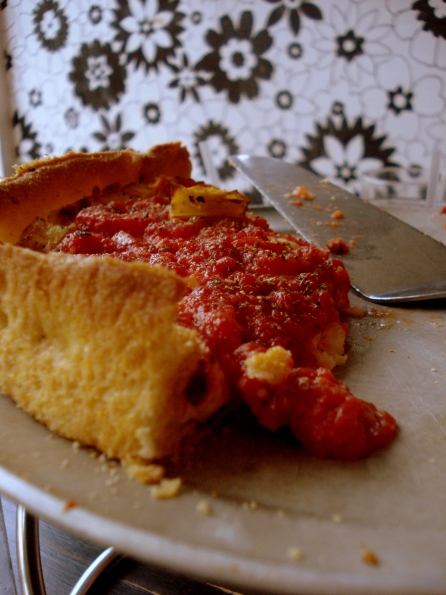
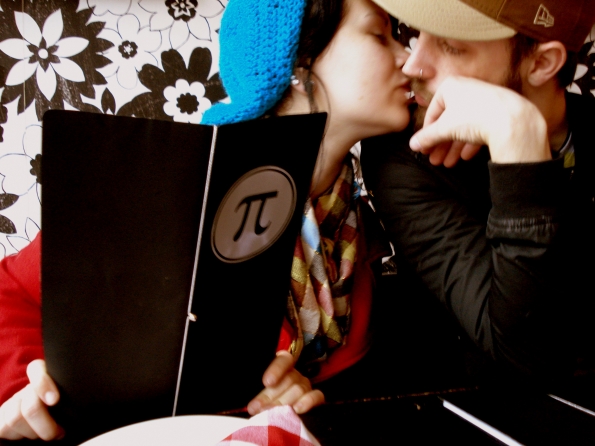
Further adventures in STL, taken with Annie’s Sony Cybershot
For the events that unfolded with my photography in St. Louis, I am taking the “all’s well that ends well” viewpoint. I didn’t come back with a portfolio stacked with shots of that city, but I came back with a lot of fun (and some quite nice) shots that fulfilled my need to do photography while traveling.
So what is my conclusion in all of this? When you, as a photographer, are going somewhere special, you have to assess the purpose of your trip. Is this a trip that is going to be based mostly around photography? If so, how is this going to work out if I’m traveling with others who are not mainly interested in doing fine photography while we’re away? Even if I had had all the film in the world while I was in St. Louis, I wouldn’t have been able to do everything I wanted to photographically because I was with people whose purpose was to hang out with friends in a different city, not pack in as much photography as possible.
I had to learn that maybe it’s okay that I go out of town with my friends and have a main purpose of just being with my buddies. When I access the purpose of future out of town trips, I will decide if it’s to hang out with my friends, or if I’m planning on coming back with a body of work from that city. After my experience in St. Louis, if the answer is “my main purpose is to just have fun with my friends,” I’m honestly just going to throw my digital camera and maybe a small 35mm camera in my bag to take care of the type of photography I’ll do while I’m away.
It was my first time to travel to St. Louis and I just LOVED the city. I was just DYING because there were so many awesome things I saw and I wanted to capture in photos. It just wasn’t practical this time around. I resigned myself that I would be “forced” to go back to STL another time specifically for a photo excursion. Oh, the things I’ll do for my work!
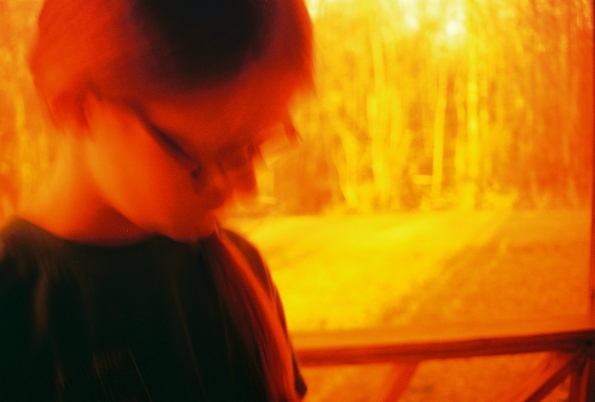
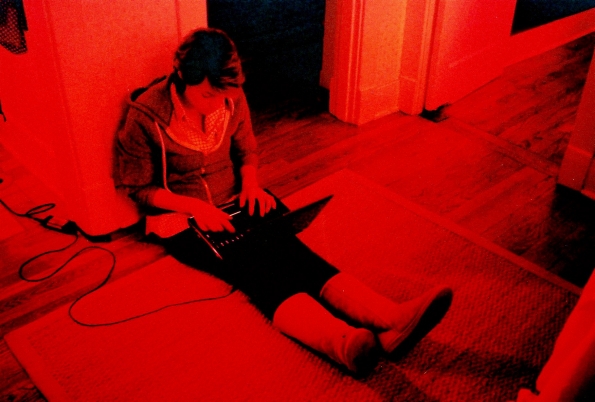
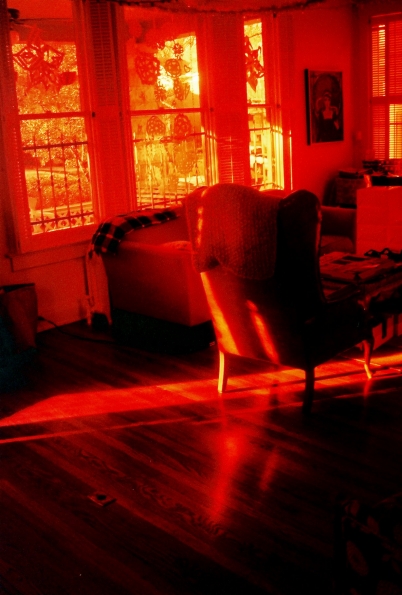


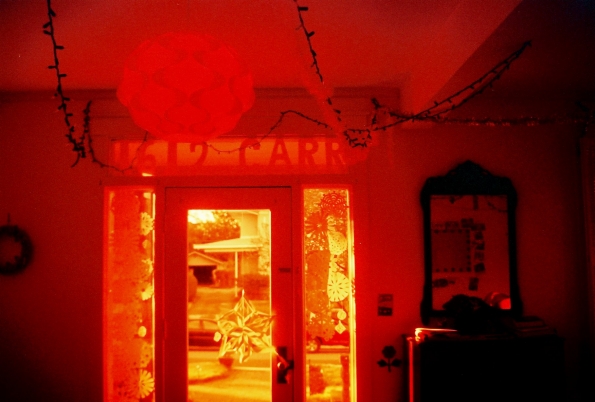
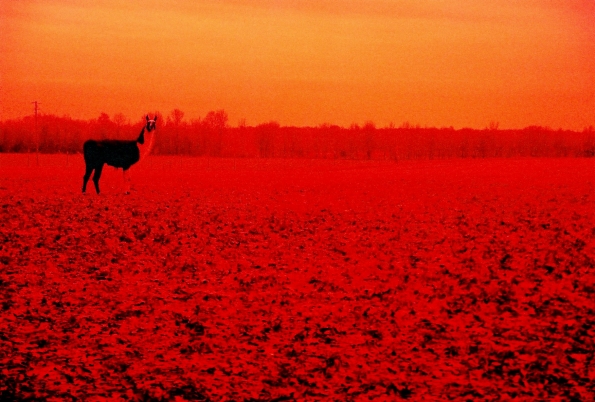

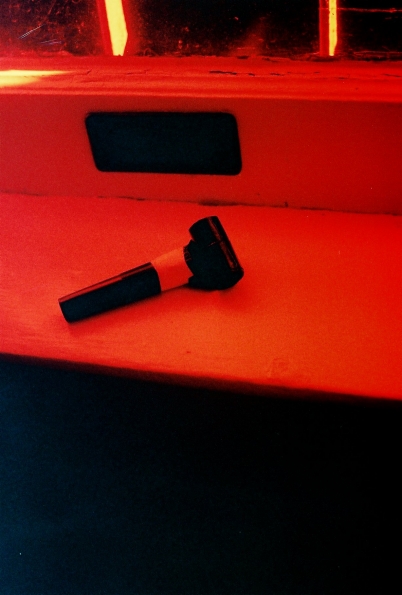





















 Nikon FE and Holga 120N at and around the hotel Sunday morning
Nikon FE and Holga 120N at and around the hotel Sunday morning




















